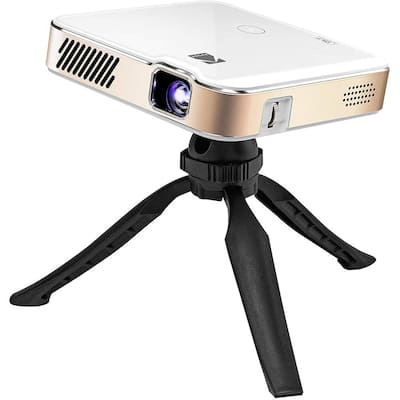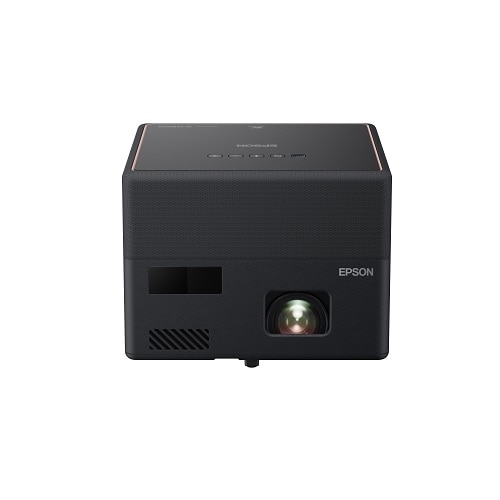how to set up epson projector
Next, find a room in your house where the ceiling is low enough so that an Epson projector can be mounted without being on top of furniture. You’ll also want to find a place with enough open space in all directions that you won't need to worry about falling over a table or running your projector into a wall.
Image source: https://www.youtube.com/
The second step is finding the right height for the projector. Epson projectors use three ways to adjust projection height: front leg adjustment, swivel adjustment and top tilt adjustment.
Image source: https://pinterest.com/
Set up your Epson projector as follows:
-Connect the cables as shown in figure 2 above.
-Put the lamp cover on, but do not turn on the projector just yet.
Instead, slowly turn the brightness and contrast dials to the left and right, respectively until you see a pure white image on your wall.
Image source: https://www.amazon.in/
-Now that the projector settings are correct, plug the power cord into a power outlet. (You can leave your VGA cable plugged in as well).
Image source: https://www.flipkart.com/
-Next, turn on your computer. Your screen should appear on the wall of your room.
-Enter http://www.epson.com/support/howto/resize_projector.html in your web browser, then click the next page button at bottom of screen to continue.
Image source: https://www.lg.com/
-You should now see a screen that asks you to enter some information about your projector: model and serial number, which should be the same as what's on the side of your Epson projector box.
Image source: https://www.reliancedigital.in/
-Take note of the project type: "Epson Home Theater Projector." This is what you will use to connect your computer and Epson projector together wirelessly via Bluetooth or Wi-Fi.
Image source: https://www.homedepot.com/
-Now click the "Next" button at the upper right of the screen to continue.
-Epson recommends you setup your Epson projector with a desktop PC. If you use a laptop computer, refer to "Projecting with a Laptop Computer" on page 5 of this guide.
Image source: https://justinrange.com/
-Ensure that your computer is not set up to "boot" into a password protected BIOS program. This will cause your brightness/contrast settings to not be used when booting up. Instead, Windows will control the Epson projector's display settings automatically when it starts up.
Image source: https://www.dell.com/
-If Windows is not set up to boot into the BIOS program, you can still control your settings manually by holding down the "Enter" key on your computer when it boots up.
Image source: https://www.asus.com/
-If you are unsure how to enter BIOS, consult your manual.
-Once in BIOS, use the arrow keys to move the cursor onto "Advanced Features" and press "Enter" to open that menu.
Image source: https://www.youtube.com/
-Move down through this menu until you reach "Brightness Adjustment" and use the arrow keys to select it. Then press "Enter."
Image source: https://pinterest.com/
-You should now see a screen with two settings: "Normal Mode," which is already selected, and "Performance Mode. In the lower right corner of this screen, you'll see a slider labeled "Brightness."
Image source: https://www.amazon.in/
-Move the value all the way to the right... ... until you can no longer see whites through your projector's lens.
Image source: https://www.flipkart.com/
-Now go back to Advanced Features and select "Contrast." Then move its slider to the left until it cannot go any more to the left. Again, make sure that "Performance Mode" is not selected.
Image source: https://www.reliancedigital.in/
-Return one more time to Advanced Features and move down into the "Color" menu. Use your arrow keys to position the cursor onto "Shadow Control" and press "Enter.












Comments
Post a Comment